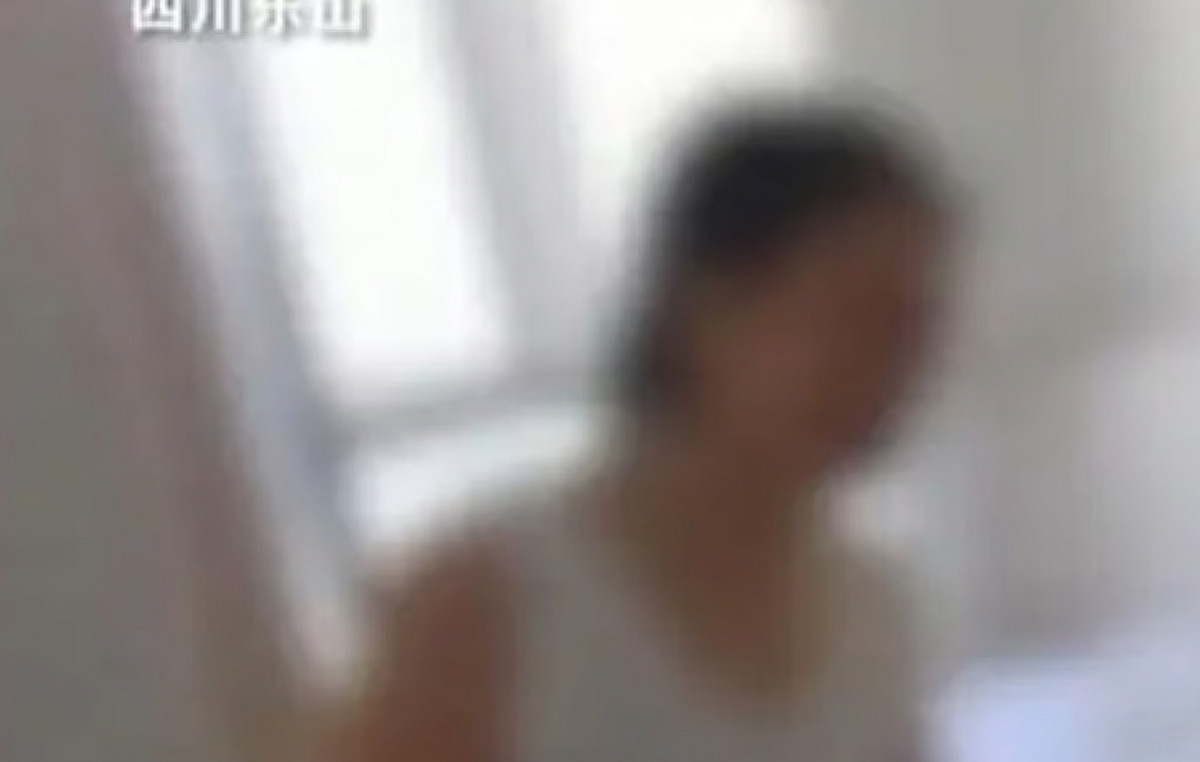The capsule with samples from the far side of the Moon brought by the Chinese lunar module Chang’e-6 was opened this Friday (28). The content was delivered to the Chinese Academy of Sciences in a special ceremony.
The historic mission marks the first time scientists will be able to study the contents of the far side of our satellite up close.
Chang’e-6 returned to Earth on Tuesday (25) carrying 1,935 kg of samples from the far side of the Moon, according to the China National Space Administration, after a 53-day mission on the satellite.
After the lunar module returns, the Chinese mission enters a new phase of scientific research. The samples have been safely transported to the laboratory and will be stored and examined by Chinese scientists — and later by scientists from around the world.
Watch a video of the moment the capsule was opened:
What did the mission find on the far side of the Moon?
Even though they have not yet been analyzed in a laboratory, just a visual inspection of the samples brought from the far side of the Moon already indicates that their composition may differ significantly from those brought from the visible side of the satellite.
Samples from the visible side of the Moon, brought back by another Chinese lunar mission, Chang’e-5, in 2020, are described as thin and loose. The new samples don’t look like that.
“By appearance, we found that the Chang’e-6 samples appear stickier than the [lunares] earlier and are more compacted, which is clear to see. Of course, we also look forward to new scientific discoveries and results through systematic monitoring of the work that comes next,” said Ge Ping, spokesperson for the Chang’e-6 mission.
Scientific research and international collaboration
Scientific research into these materials must involve several disciplines and academic areas, from basic analyzes of their physical and chemical properties, to more in-depth geological and geochemical studies.
“As for the next step, the National Astronomical Observatories of the Chinese Academy of Sciences, the general Earth system unit of our lunar mission, will first open the sample container and then prepare the samples obtained from drilling and surface recovery. and package them for storage,” Ge added.
“According to the regulations on lunar sample management issued by the China National Space Administration, applications are expected to be opened for domestic scientific research institutions and scientists after half a year,” he said.
The spokesperson also highlighted that scientists from around the world are welcome to submit requests to study historical lunar samples.
“China has always maintained a positive and open attitude toward international applications to study lunar samples, so as to effectively promote international cooperation in lunar and deep space exploration, carry out joint research and applications, and share scientific achievements,” Ge said.
The results of the analysis of these samples could help scientists analyze the evolution of the Moon, Earth and the solar system – while also helping China’s goal of using the Moon’s resources to further its space exploration, experts say.
Chang’e-6 space mission
The samples were collected using a drill and robotic arm at a site within the sprawling South Pole-Aitken basin, an impact crater formed about 4 billion years ago on the far side of the Moon that is never visible to Earth.
An elevator then lifted them off the lunar surface and transferred them into lunar orbit to a reentry vehicle, which then traveled back to Earth after separating from its lunar orbiter.
The progress of Chang’e-6 – China’s most technically complex mission to date – has been followed with intense interest in the country since its launch on May 3.
Earlier this month, images of the lunar module displaying the Chinese flag and appearing to have punched the character “zhong” – short for China – into the lunar surface went viral on Chinese social media.
*With information from Reuters and CNN International
Source: CNN Brasil
Charles Grill is a tech-savvy writer with over 3 years of experience in the field. He writes on a variety of technology-related topics and has a strong focus on the latest advancements in the industry. He is connected with several online news websites and is currently contributing to a technology-focused platform.







